 Most viewed - Mizuho 瑞穂市 Most viewed - Mizuho 瑞穂市 |

Mieji-juku was the 55th lodging town on the old Nakasendo Road connecting Edo (Tokyo) and Kyoto through an inland route.33 viewsIt is in a rural area with hardly any local people to guide tourists. Only a few tourist map signboards like this one indicate the major sights.
|
|

Mieji-juku is near Mieji Station on the Tarumi Line that starts here at JR Ogaki Station (Tokaido Line). From Ogaki to Mieji Station, it takes only 12 min. However, trains are infrequent. Once an hour or less.26 views
|
|

Mieji became an official shukuba town on the Nakasendo in 1637. It was named after Mieji Temple that worshipped an eleven-face Kannon statue. 25 views
|
|
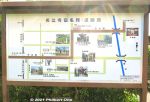
Map of Mieji-juku sights.18 views
|
|
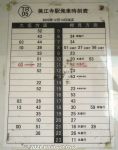
Check the train schedule for your train back to Ogaki (left column) from Mieji Station on the Tarumi Line.14 views
|
|
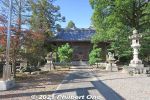
Mie Shrine prayer hall. 美江神社14 views
|
|

Site of a local school. There's also the site of Mieji Castle nearby, but it is inaccessible (private property it seems).12 views
|
|
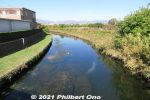
This is the spot depicted by Hiroshige's woodblock print of Mieji-juku. Saikawa River.12 views
|
|
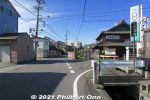
Intersection with a street map board.11 views
|
|
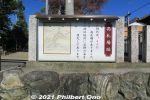
This is where the original Kosatsu official bulletin board was located outside Mie Shrine. A replica is within the shrine grounds.11 views
|
|
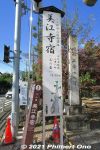
Sign indicating the heart of Mieji-juku.11 views
|
|

Mieji Station platform on the Tarumi Line.10 views
|
|
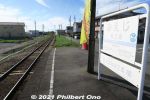
Mieji Station platform on the Tarumi Line.10 views
|
|
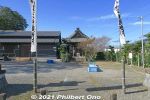
Next to Mie Shrine is Mieji Kanzeon-do Hall. 観世音堂10 views
|
|
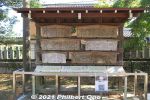
Also at Mie Shrine is this replica of Mieji-juku's Kosatsu official bulletin board. 高札10 views
|
|
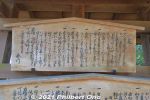
Replica of Mieji-juku's Kosatsu official bulletin board. 高札10 views
|
|
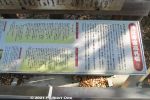
AboutMieji-juku's Kosatsu official bulletin board. 高札10 views
|
|
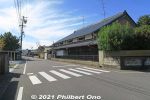
10 views
|
|

Site of Mieji-juku's Honjin (VIP lodging). 10 views
|
|
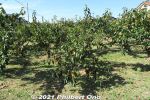
Mizuho is a major producer of Fuyu-gaki persimmons. 10 views
|
|
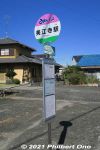
Bust stop at Mieji Station. Buses very infrequent.10 views
|
|
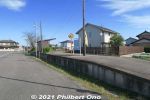
Back to Mieji Station.10 views
|
|

Mieji Station on the Tarumi Line (Tarumi Railway). Unmanned station. 樽見鉄道樽見線 美江寺駅9 views
|
|
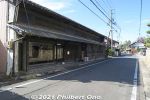
Old Nakasendo Road in Mieji-juku. It's a very quiet place to walk around. Hardly any people. No shops, no local museums. But a few homes were selling persimmons on their front yard.9 views
|
|
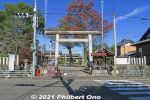
The first major sight in Mieji-juku is Mie Shrine and Mieji Kannon Temple. 美江神社9 views
|
|
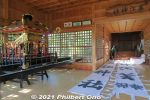
Inside Mie Shrine prayer hall. 美江神社9 views
|
|
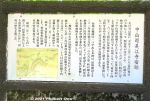
About Mieji-juku in Japanese.9 views
|
|

Turn right here.9 views
|
|
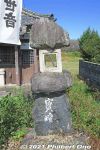
Fancy stone lantern next to Kanzeon-do Hall in Mieji-juku.9 views
|
|
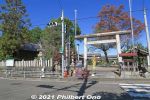
Entrance to Mie Shrine and Mieji Kannon Temple at the corner of the road. 美江神社8 views
|
|
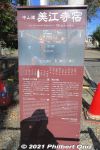
Mieji-juku info board in front of Mie Shrine.8 views
|
|

Map of Mieji-juku.8 views
|
|

Mie Shrine grounds.8 views
|
|
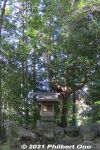
Akiba Shrine8 views
|
|
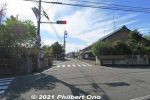
Turn the corner here.8 views
|
|

Site of Mieji-juku's Honjin (VIP lodging). The building no longer exists. This was Mieji-juku's highest elevation at only 10 meters. 本陣跡8 views
|
|
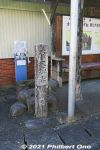
Stone marker showing the way to Ogaki and Akasaka-juku.8 views
|
|
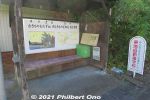
Looks like a rest place for travelers. Not a bus stop.8 views
|
|
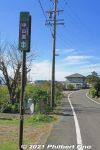
Walk further to see the small Kannon-do Hall.7 views
|
|
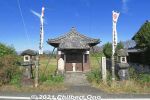
In Mieji-juku, a roadside Thousand-Arm Kanzeon-do Hall. 美江寺宿 千手観世音堂7 views
|
|
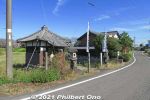
Kanzeon-do Hall in Mieji-juku. 美江寺宿 千手観世音堂7 views
|
|
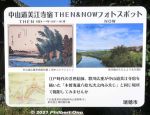
Next to Kanzeon-do Hall is Saikawa River depicted in Hiroshige's woodblock print. 犀川7 views
|
|
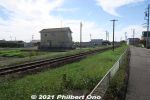
From Mieji Station, walk this way south.6 views
|
|
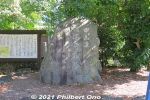
Mie Shrine also has this Mieji-juku stone monument.6 views
|
|

Akiba Shrine is also here. 秋葉神社6 views
|
|

Thousand-Arm Kannon inside the Kanzeon-do Hall in Mieji-juku. 美江寺宿 千手観世音堂6 views
|
|
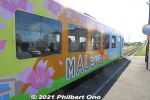
At Mieji Station, train back to Ogaki. These rural train lines are struggling financially, so support them by riding their trains.6 views
|
|

Hiroshige's woodblock print for Mieji-juku showing Saikawa River and two farmers giving directions to a priest. It was a low-lying area near three rivers and prone to flooding. 犀川5 views
|
|
|
|